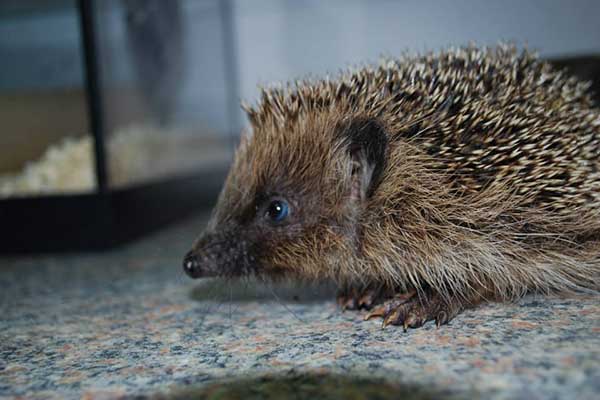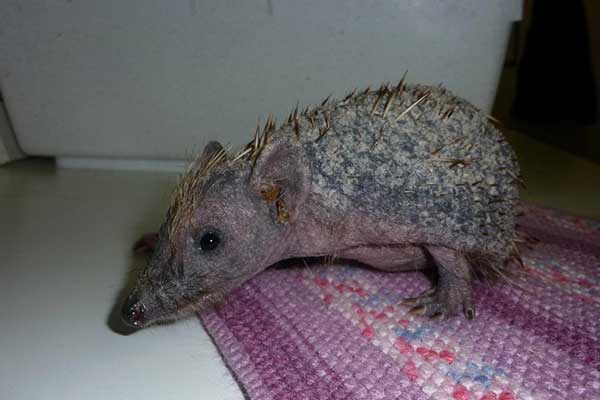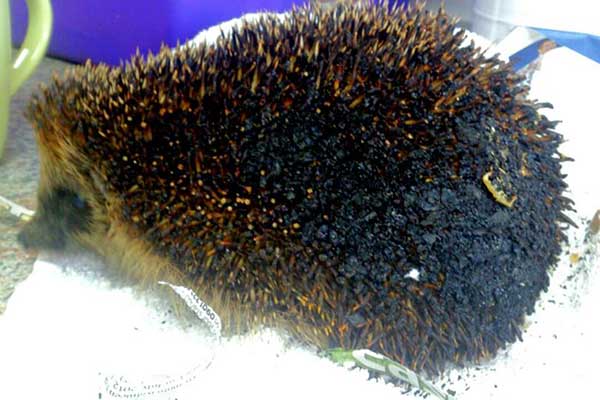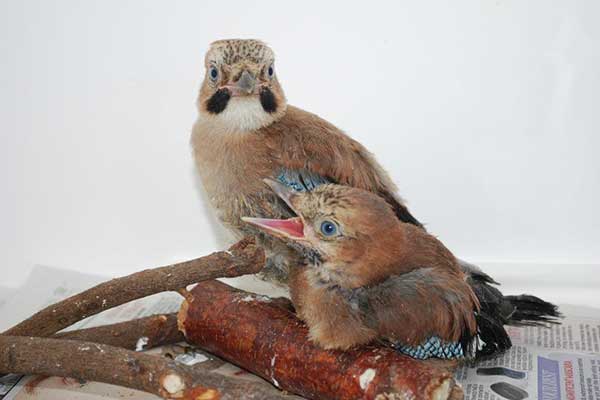Any hedgehog out in the daytime is likely to be in trouble and should be picked up and safely contained in a cat basket or stout, high-sided box. Do this even before you phone for advice, otherwise it’s very likely, when you return to pick the animal up, that it will have disappeared. Phone the Helpline 01892 543213 for advice and assistance.
The hedgehog is probably the nation’s favourite mammal, but they are now in serious decline.
Hedgehogs have always lived in close proximity to humans and are far more common in villages and towns than they are in the countryside. In consequence, they are very vulnerable to being killed and injured man-made accidents.
One of the most common remarks we hear at Folly Wildlife Rescue is "we used to see a lot of hedgehogs in our garden, but not anymore". Sadly, this seems to be increasingly the case. Former strongholds are now completely devoid of hedgehogs and remaining populations elsewhere are often small, isolated pockets that are extremely vulnerable to further depletions.
In a typical year we admit some 500 hedgehogs to the centre, the majority of which have been injured in some way: entanglement in discarded garden or games netting, injury by garden machinery, poisoning by pesticides and herbicides, road traffic accidents, burning in bonfires, being stuck down drains, falling into steep-sided ponds and pools or attack by domestic dogs, are just a few of the more common examples.

One of the many young hoggies through our doors. This one was found wandering around outside in broad daylight (a sure sign of something being wrong) and has the snuffles, poor little thing. This little one was given five-star care in a warm cosy incubator.












